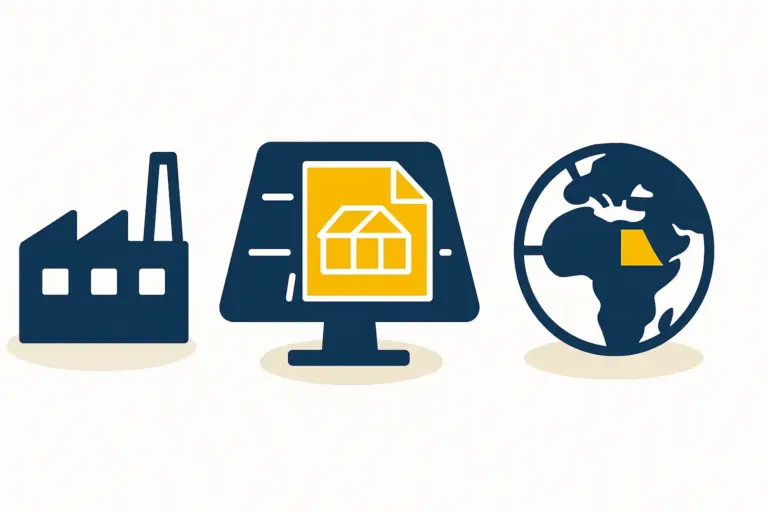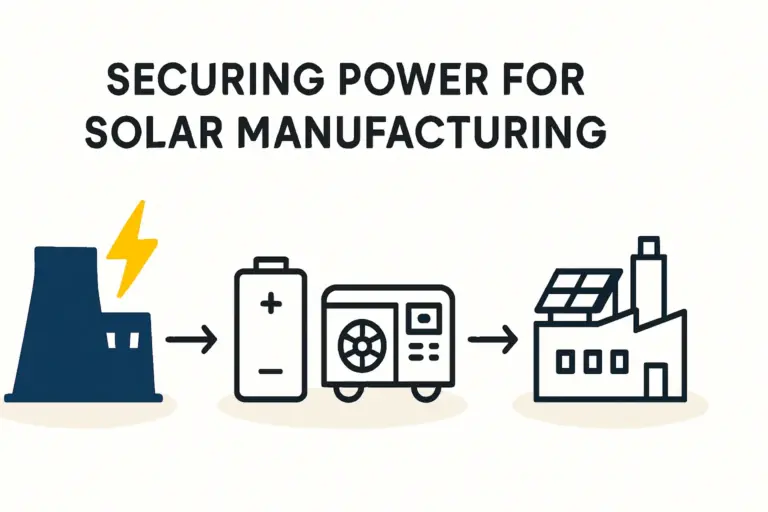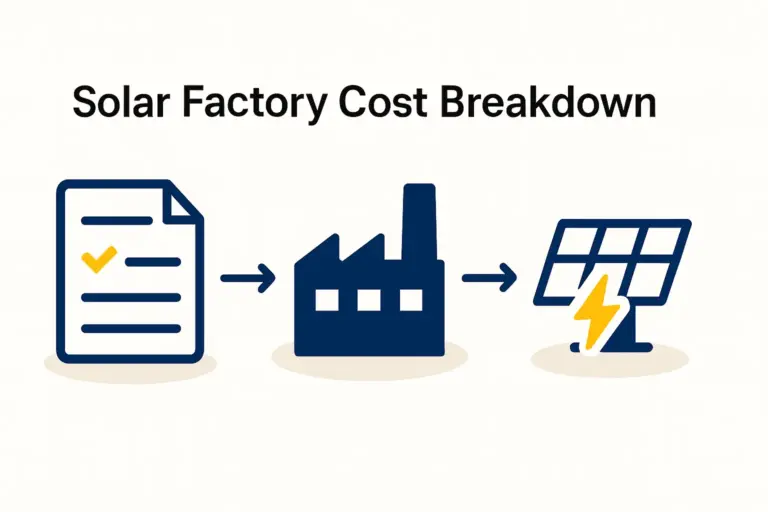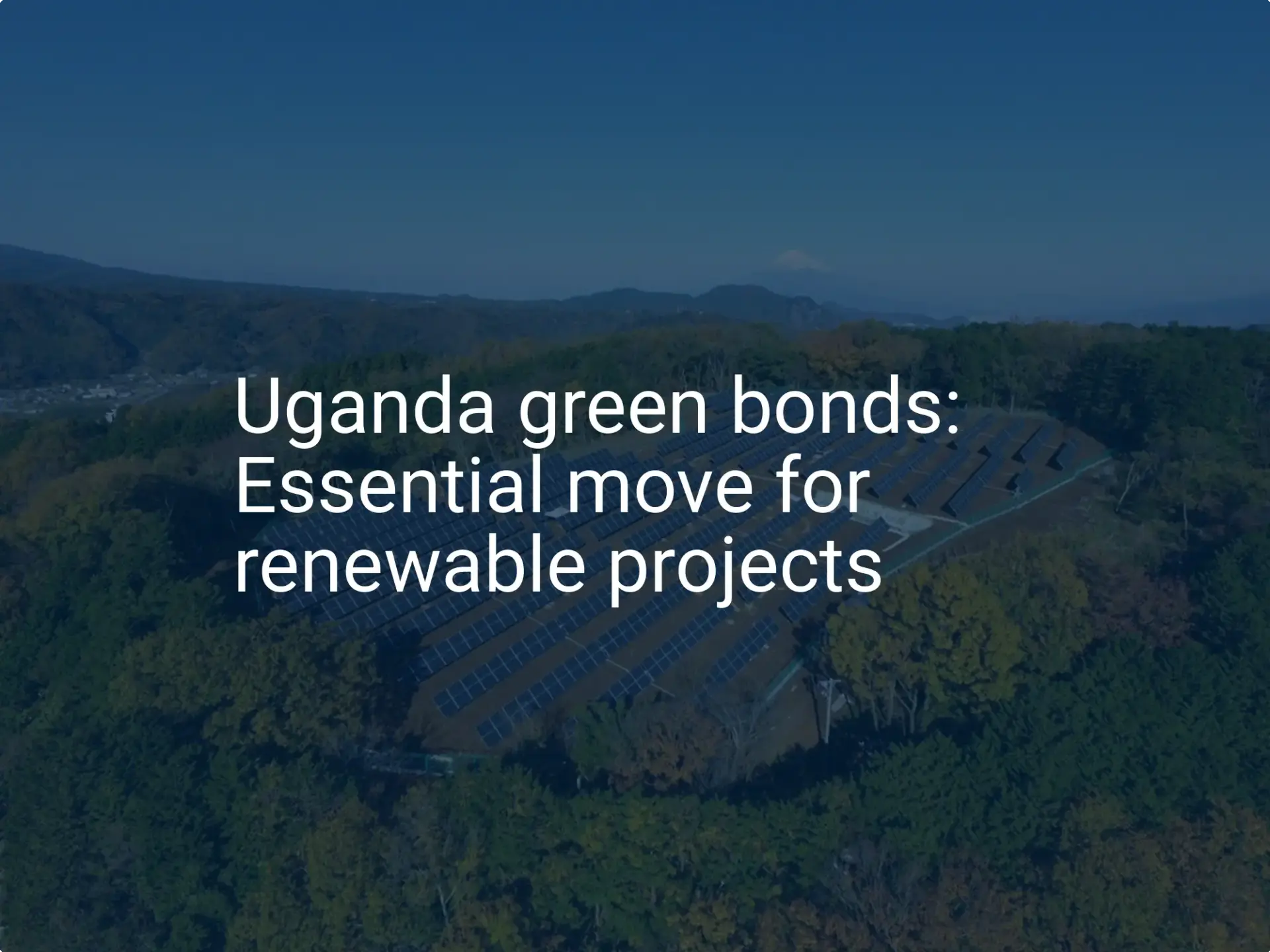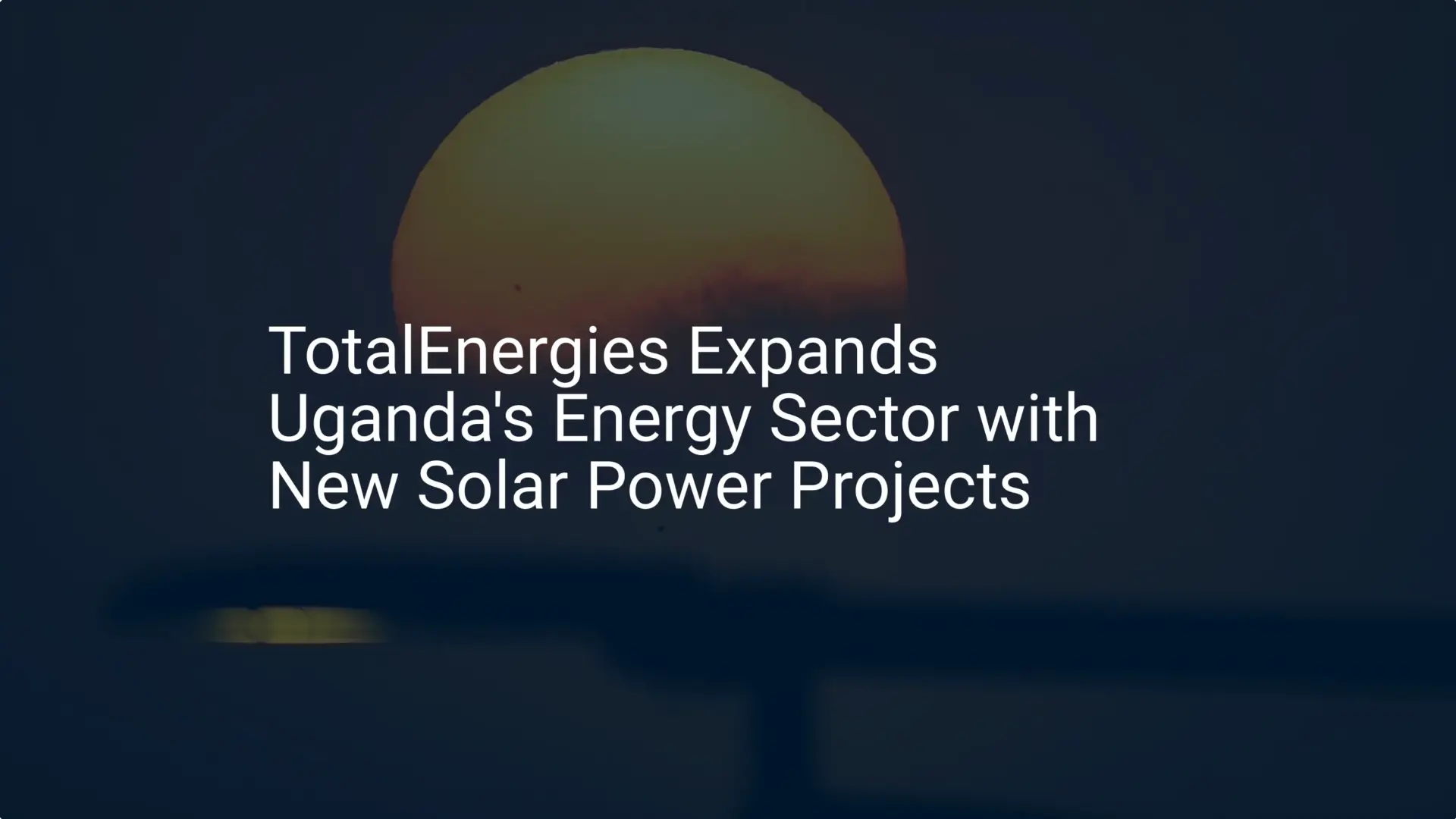For any entrepreneur, launching a new solar module production line is a significant achievement. The machinery is calibrated, the staff is trained, and the first gleaming panels are ready.
In Uganda, however, as in most regulated markets, a critical step stands between production and the market: official certification. Without approval from the Uganda National Bureau of Standards (UNBS), these high-quality modules cannot be legally sold, installed, or trusted by consumers.
This guide breaks down the UNBS certification process for solar photovoltaic (PV) modules made in Uganda, outlining the key phases, technical standards, and common challenges entrepreneurs face. Navigating this requirement is more than a matter of compliance—it is the cornerstone of building a sustainable and reputable business in the region’s growing solar market.
The Role and Importance of UNBS Certification
The Uganda National Bureau of Standards (UNBS) is the government agency responsible for developing and enforcing standards to protect public health, safety, and the environment. For solar module manufacturers, the goal is to earn the permit to use the official UNBS Quality Mark, often called the Q-Mark.
Obtaining this mark is non-negotiable for several key reasons:
-
Market Access: It is a mandatory requirement for selling products on the Ugandan market. Wholesalers, installers, and end-customers will not—and legally cannot—purchase non-certified modules.
-
Consumer Trust: The Q-Mark is a visible symbol of quality, safety, and reliability. It assures customers that the product has been independently verified and meets national standards.
-
Tender Eligibility: Government and large-scale private tenders for solar projects invariably require all components, including PV modules, to be UNBS certified.
-
Risk Mitigation: Operating without certification exposes a business to significant legal penalties, including fines, seizure of goods, and forced factory shutdowns.
The primary standards governing solar modules in Uganda are based on internationally recognized IEC (International Electrotechnical Commission) standards, adopted as Ugandan Standards (US). The two most critical are US IEC 61215 and US IEC 61730.
The UNBS Certification Process: A Phased Approach
The journey to certification is a structured process involving documentation, on-site inspection, and laboratory testing. While timelines can vary, a well-prepared manufacturer should plan for a multi-month process with UNBS.

Phase 1: Preparation and Application
The process begins with a formal application. This step requires a comprehensive set of documents demonstrating the manufacturer’s operational and legal legitimacy. Key documents typically include:
-
Company registration certificate
-
Proof of premises (title or lease agreement)
-
A detailed description of the solar module manufacturing process
-
Product specifications and design documents
-
Documentation for the in-house Quality Management System (QMS)
-
A list of key production and testing equipment
Once the application is submitted, UNBS will schedule the next phases.
Phase 2: Factory Inspection and Audit
After reviewing the application, UNBS auditors will visit the manufacturing facility for an on-site inspection. The objective is to verify that the factory operates according to its documented procedures and can produce modules of consistent quality.
Auditors typically assess:
-
Raw Material Handling: Proper storage and inspection of materials like solar cells, glass, and encapsulants.
-
Production Line Integrity: Calibration of key machinery, such as laminators and stringers.
-
Quality Control Checkpoints: The presence and effectiveness of in-process quality checks, including electroluminescence (EL) testing and sun simulation (flasher) tests.
-
Staff Competency: Confirmation that operators are adequately trained for their roles.
Experience from J.v.G. turnkey projects shows that a well-documented quality manual accurately reflecting on-the-ground processes is the cornerstone of a successful audit.
Phase 3: Product Sampling and Laboratory Testing
During the factory visit, UNBS officials will randomly select a set of finished modules directly from the production line. These samples are then sent to a designated, accredited laboratory for independent testing against the relevant Ugandan Standards.
The rigorous tests are designed to simulate the long-term effects of environmental stress, verifying both the performance and safety of the modules. This phase is often the most time-consuming and can take several weeks or months to complete. Key tests for solar module quality control include thermal cycling, damp heat exposure, and mechanical load tests to ensure durability.
Phase 4: Certification Decision and Issuance
After the laboratory submits its test report, a UNBS technical committee reviews the complete file—application, audit report, and test results.
-
If Compliant: The committee approves the application, and UNBS issues a permit allowing the manufacturer to use the Q-Mark on its certified module type.
-
If Non-Compliant: The manufacturer receives a report detailing the specific areas of failure. The manufacturer must then implement a corrective action plan before the process can resume, which may require another audit or re-testing.
Key Technical Requirements and Standards
For a non-technical entrepreneur, the standards can seem complex. In simple terms, they ensure the module works as promised and is safe to use.
US IEC 61215 (Performance): This standard series tests the design qualification and type approval of the module, answering the question: ‘Does the module perform reliably over its expected lifetime?’ Tests cover power output degradation, resilience to hot spots, and performance under various light and temperature conditions.
US IEC 61730 (Safety): This standard focuses on the module’s construction and safety, asking: ‘Is the module safe from electrical shock, fire hazards, and personal injury?’ It dictates requirements for insulation, wiring, and materials to prevent safety failures in the field.
Meeting these standards starts with the selection of raw materials. A robust bill of materials (BOM) with certified, high-quality components is fundamental to passing the rigorous laboratory tests.

Common Challenges and How to Prepare
New manufacturers often face a few common hurdles during the certification process. Proactive preparation can significantly smooth the path.
-
Inadequate Documentation: A factory may be producing good modules, but if its processes are not formally documented in a Quality Management System, it will fail the audit. Establishing these systems from day one is critical.
-
Production Inconsistencies: Minor deviations in the production process can lead to significant variations in the final product. Strict adherence to standardized procedures and regular equipment calibration are essential.
-
Unrealistic Timelines: The entire process, from application to final approval, can realistically take between four and nine months. This timeline must be factored into the business plan to avoid pressure to go to market prematurely—a typical challenge for new ventures navigating administrative processes in regions like East Africa.
Frequently Asked Questions (FAQ)
What is the validity period of the UNBS Q-Mark?
The permit is typically valid for one year and is maintained through annual renewal applications and periodic surveillance audits by UNBS to ensure continued compliance.
What are the estimated costs for certification?
The costs include application fees, factory audit fees, and laboratory testing fees. While exact figures vary, new manufacturers should budget for an investment that can range from approximately $5,000 to $15,000 USD for the initial certification of a product family.
Can we start selling modules before the certificate is issued?
No. It is illegal to place products that fall under mandatory certification on the Ugandan market without a valid UNBS permit. Doing so can result in seizure of the products and other legal action.
Does certification for one module type cover all models we produce?
Not automatically. Certification applies to the specific module design (e.g., cell type, size, materials) that was tested. New models with significant design differences will require a separate certification or an extension of the existing one.
Beyond Certification: Building a Brand on Quality
Securing UNBS certification is more than a regulatory obligation; it is a strategic business milestone. It serves as independent validation of a manufacturer’s commitment to quality and provides the foundation for building a trusted brand.
For entrepreneurs entering the solar industry, understanding and integrating these requirements early on is a critical component of a comprehensive business plan for a solar factory. By embracing the standards process, a new manufacturer can compete effectively and contribute reliably to Uganda’s energy future.



